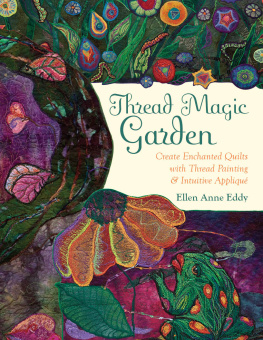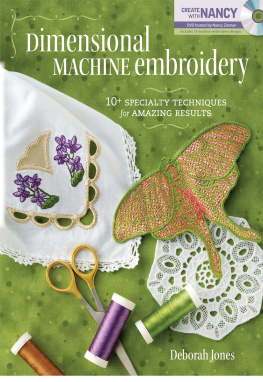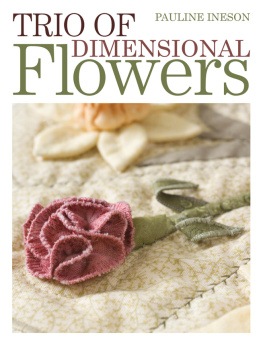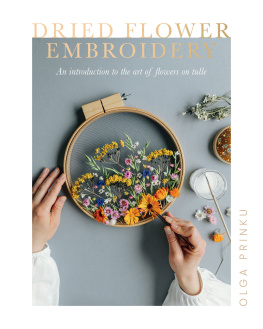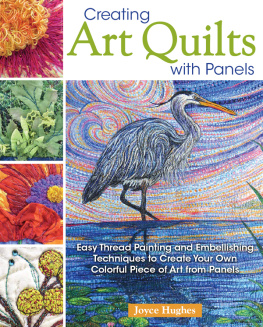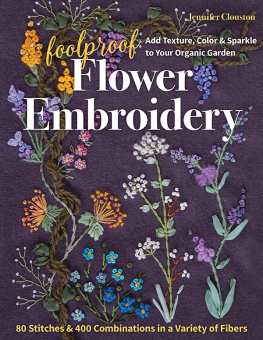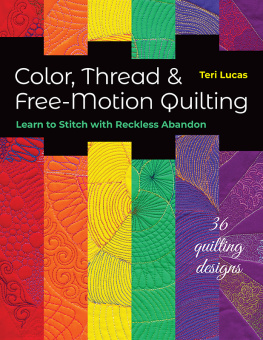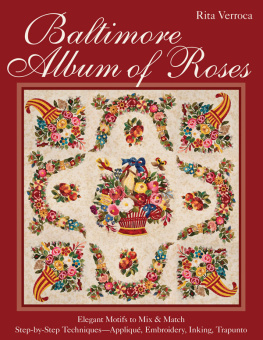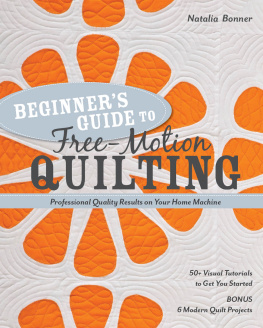
Acknowledgments
This book stretched my own abilities, and I found myself leaning on a number of people to build my expertise and help me out.
Special thanks to Lauren Strach, who helped so much with photos, inspiration, and eye. Thanks to her daughter, Anna, who was my fabulous hand model. Dan Bruin, from Bruin Studio, generously tutored me in photography. Chesterton Feed and Gardens were gracious about letting me stalk their nursery with a camera in hand. Thanks also to my proofreaders, Melida Boman, Rebecca Brown, Kathy Semone, Zinnia Fiddes, Yolonda Kleinhans, Joan Breece, and Jennifer Gordon, who helped shape the book with their excellent comments.
Dedication
For Mary Annis, my best mentor and friend, and to everyone who has walked me through their garden or walked through mine.
Through the Garden Gate
Theres something about a garden. Its our first idea of paradise, our Eden, our place of rest and recuperation.
Almost all gardens are framed by their flowers. They adorn the memories of loves lost and found. Our lives are a construction of flowers given and taken, of gardens kept, visited, walked, picked, and left to bloom and fade.
My earliest garden memory is trading my childhood fistful of dandelions to my neighbor for a bouquet of moss roses. I adored their bright oranges and fuchsias. We picked flowers for neighbors on May Day. On my birthday, lilacs were my gift from the yard. We celebrated July 4th with the daylily my father brought from his mothers house. Years later, after living so long in apartments, I realized that I had forgotten what it was like to have flowers and to measure time by flowers bloomed and spent.
So it took me by surprise to learn that when Id bought a house, Id also bought a garden. I was uncontrollable. I had to make this strange place my own. I filled in one patch after another, covering every stray inch with blooms, flowering shrubs, and weeping trees.
Then fall came and I could barely look at the strange, dead, brown land. So I went into my studio and began my own garden in sheers and hand-dyed fabrics.
Now I tend both my inner and outer gardens, and I watch myself bloom with my blossoms. The seasons within the studio are jumbled, but the growing conditions are just right!

Photo by Lauren Strach

Floral Arrangement 25, 15 39 by Ellen Anne Eddy, 2008; owned by Glacier Quilts, Kalispell, Montana
Observation
The Garden of the Heart
My garden intoxicates me. The sights and smells, textures and sounds are my daily retreat. Just as I slip into the garden, the garden slips into my quilts. But I dont find it as easy to draw flowers as I do frogs. Flowers elude me when I approach them with paper and pencil.
Years ago, my mother taught me to cut shapes instead. She was a schoolteacher, and one of the banes of her life was her bulletin board. She swore she couldnt draw. Instead, she cut shapes and letters that made a great graphic display.

Butterfly Garden, 27 59, by Ellen Anne Eddy, 2010
What Does a Flower Look Like?

Verbal memory wont give us the information we need to create a bloom like this. We need a photograph, a visual reference.
The standard quilters answer to avoid drawing is to find a pattern or a drawing to copy. But those images offer a limited world. No matter how beautifully theyre rendered, they are always someone elses vision. You also have to be sensitive to copyright issues.
I will show you how to take several approaches to building flowers without patterns and without limits. The process starts with some careful observation. The key is to simplify each flower into easy-to-cut shapes that can be used to build a flower petal by petal or as a background for stitchery blooms.
You can stimulate your visual memory by examining each flower. How big is the center? What angle are the petals? Without actively looking, its difficult to know.

Floral Canopy 2, 10 13, by Ellen Anne Eddy, 2010
So begin your quest. Bring in some flowers from the garden. Buy yourself a bouquet. Get your camera. Or start with those wonderful catalogs from the seed and bulb companies. Add some lovely photographic books. Dont neglect the fabulous drawings and photos in childrens books. Silk flowers, blooms that last forever, can also inspire us. You are very welcome to use my photography and drawings to begin your journey.
VIEWPOINTS
Everything changes with your point of view. If you look down on a flower, you see more of the center and the stamens and the front side of the petals.

Direct face shot of cosmos
If youre looking from the back, the sepal will show instead. You also will see the backside of the petals and more of the leaves and stems, but no center.

The back of a cosmos shows completely different elements.
SHAPES
Saucer
The cosmos makes a perfect saucer. Petals radiate out from the center in a saucer shape. The basic flower parts are all the same: Petals form around the center and join in back at the sepal. Though saucer flowers do have stamens, theyre usually too small to be obvious.
Daisies, asters, dandelions, calendula, and coneflower are all saucer flowers.
Cup
The petals of cup flowers also radiate from the center. The petals form a cup, and the stamens and pistil are visible.

Lily from the front
There is no sepal in the back. In lilies, tulips, and daylilies, the cup is made of petals that join in the back.

Lily from the back
Bell
In bell shapes, like Canterbury bells, Japanese lanterns, lilies of the valley, and hostas, the cup is a single-petal shape with the sepal at the back. The flowers are made with many blooms, but each is a single, separate petal.

Canterbury bells viewed from the side
Ball of Blooms
Next page
